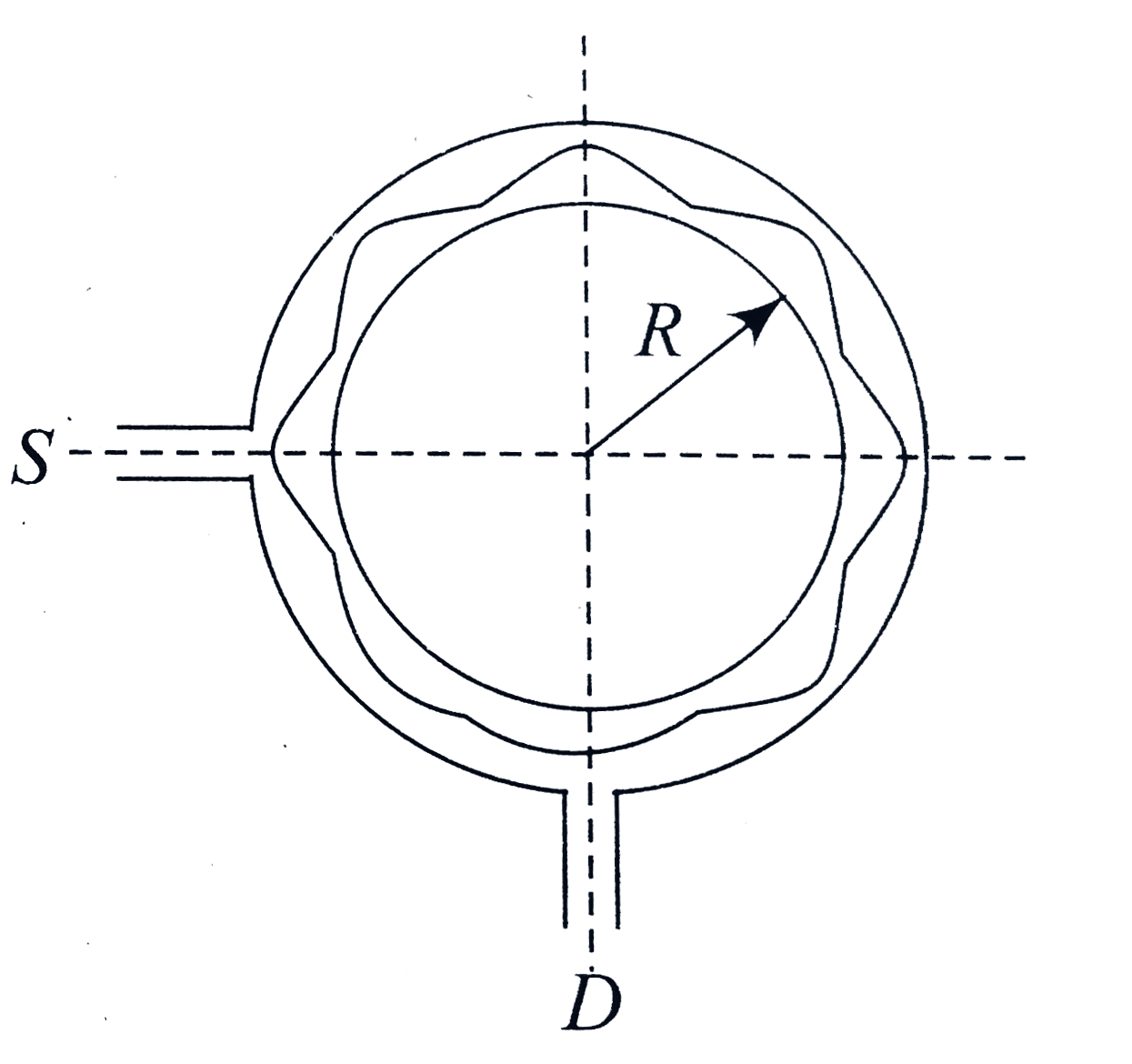[A] : In frog skull is dicondyiic.
[R]: Skull articulates with the atlas vertebra by two occipital condyles one on each exoccipital.
If both A and R are true and R is the correct explanation of A
If both A and R are true but R is not the correct explanation of A
If A is true and R is false
If both A and R are false
The correct Answer is:A
Step-by-Step Solution:
1. Understanding the Assertion:
- The assertion states that the frog skull is dicondylic. This means that the skull has two occipital condyles, which are rounded protuberances located at the posterior end of the skull.
2. Identifying the Occipital Condyles:
- The occipital condyles are the two small, rounded structures that allow the skull to articulate with the first cervical vertebra, known as the atlas. This articulation is crucial for the movement of the head.
3. Explaining the Reason:
- The reason provided states that the skull articulates with the atlas vertebra by these two occipital condyles, which are located on each exoccipital bone. This is an anatomical fact that supports the assertion.
4. Connecting the Assertion and Reason:
- Since the assertion is that the frog skull is dicondylic, and the reason explains how this structure allows for articulation with the atlas vertebra, both statements are true and directly related.
5. Conclusion:
- Therefore, both the assertion (A) and the reason (R) are true, and R correctly explains A.
Final Answer:
Both A and R are true, and R is the correct explanation of A.
---
- The assertion states that the frog skull is dicondylic. This means that the skull has two occipital condyles, which are rounded protuberances located at the posterior end of the skull.
- The occipital condyles are the two small, rounded structures that allow the skull to articulate with the first cervical vertebra, known as the atlas. This articulation is crucial for the movement of the head.
- The reason provided states that the skull articulates with the atlas vertebra by these two occipital condyles, which are located on each exoccipital bone. This is an anatomical fact that supports the assertion.
- Since the assertion is that the frog skull is dicondylic, and the reason explains how this structure allows for articulation with the atlas vertebra, both statements are true and directly related.
- Therefore, both the assertion (A) and the reason (R) are true, and R correctly explains A.
Both A and R are true, and R is the correct explanation of A.
Topper's Solved these Questions
Similar Questions
Knowledge Check
Read the given statements and select the correct option.
Statement 1 : Articulation between the occipital condyles and the atlas vertebra forms a hinge joint.
Statement 2 : It permits the head to move in one plane only, i.e., nodding of head.ABoth statement 1 and 2 are correctBStatement 1 is correct but statement 2 is incorrectCStatement 1 is incorrect but statement 2 is correctDBoth statements 1 and 2 are incorrect
How many occipital condyles are present in the skull of reptiles?
View SolutionThe skull region articulates with the superior region of the vertebral column with the help of two_____
View SolutionTwo rings of same mass and radius R are placed with their planes perpendicular to each other and centre at a common point. The radius of gyration of the system about an axis passing through the centre and perpendicular to the plane of one ring is
View SolutionAssertion :- (A) total number of octahedral voids present in unit cell of cubic close of each packing including the one that is present at the body centre . Is four .
Reason :- ( R) Besides the body centre there is one octahedral void present at the centre of each of the six faces of the unit cell and each of which is shared between two adjeccent units cells.
View SolutionAssertion :- (A) total number of octahedral voids present in unit cell of cubic close of each packing including the one that is present at the body centre . Is four .
Reason :- ( R) Besides the body centre there is one octahedral void present at the centre of each of the six faces of the unit cell and each of which is shared between two adjeccent units cells.
View SolutionA narrow tube is bent in the form of a circle of radius R, as shown in figure. Two small holes S and D are made in the tube at the position at right angle to each other. A source placed at S generates a wave of intensity I0 which two parts: one part travels along the longer path, while the other travels along the shorter path. Both the waves meet at point D where a detector is placed.

The maximum intensity produced at D is given by
View SolutionA narrow tube is bent in the form of a circle of radius R, as shown in figure. Two small holes S and D are made in the tube at the position at right angle to each other. A source placed at S generates a wave of intensity I0 which two parts: one part travels along the longer path, while the other travels along the shorter path. Both the waves meet at point D where a detector is placed.

2. If a minima is formed at the detector, then the magnitude of wavelength λ of the wave produced is given by
View Solution
